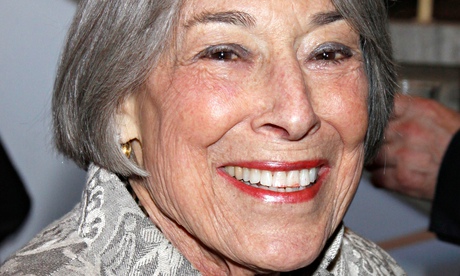
Freaky Friday by Mary Rodgers, published in the US in 1972 and the UK in 1973, was one of several American children's books of the time that were pounced on with glee by UK readers. The appeal of these titles was the way they reflected contemporary teenage life and made adolescence seem cool. Rodgers's hugely entertaining story, founded on the idea of a mother/daughter swap, allows 13-year-old Annabel, who narrates the story, to see things from her mother's point of view. This includes, among other things, attending her own parent/teacher conference as her mother, all of which helps her to gain a better perspective on both herself and her mother, which then informs and supports her on her journey from child to adult.
With its opportunities for comedy the plot is a good one, but the book's real appeal lay in the freshness of its tone and Rodgers's sharp eye for the precise details of young teenage life. A reviewer at the time noted: "The pages rush by, right now in 1972, and it might all be happening in the apartment next door." That immediacy was later thought likely to kill the book off fast, as its references were so specific to the 1970s that it would date quickly. That was not the case. Helped by a film in 1976, followed by a remake in 2003, Freaky Friday continued to entertain readers long after publication and deservedly earned its place in The Cambridge Guide to Children's Books in English.

